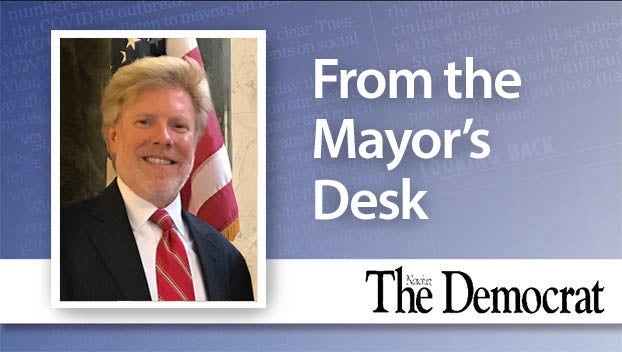It’s been one long argument
Published 12:04 am Friday, January 21, 2011
When the British Light Brigade made its legendary charge during the Crimean War (“into the Valley of Death rode the 600”), it suffered 41 percent casualties. A French observer of the carnage remarked, “It is magnificent, but it is not war. It is madness.” At the Civil War Battle of Shiloh in 1862, the 6th Mississippi Regiment lost 71 percent, though no Tennyson immortalized its repeated charges in poetry.
For all the anger, even hatred, we Americans have mustered in fighting “others,” from Commanches to Japanese kamikazes to the Taliban, American bloodlust has never been more evident than when Americans fought Americans on American soil. The enemy at the Battle of Antietam wasn’t an Arabic-speaking suicide bomber, but more Americans died there in one day than have died in Iraq in the nearly 3,000 days since the U.S. invasion of March 2003. The enemy wasn’t a führer-worshipping Nazi either, though the Union casualty rate alone in that battle was double that for American forces on the bare Normandy beaches on D-Day, 1944.
Why? What was it all about?
In recognition of the Civil War’s upcoming sesquicentennial, Copiah-Lincoln Community College will offer a special interest class to explore those questions. We will begin on Feb. 1, but not by coincidence, our last session is scheduled for the evening of April 12, precisely 150 years after the war began with the bombardment of Fort Sumter. Hopefully, by that night, you will have a better understanding of the issues that had brought the country to this violent turn. Disagreements about slavery, necessarily, will be front and center. But also, (and relevant even for today) we will explore questions of racial prejudice versus racial justice, national government powers versus states-rights, and more.
So, yes, we will be making our own hell-for-leather assault into that cannonade of quarrels that occasionally boil the blood even now, seven score and six years after the shooting ended. Will this charge into controversy be magnificent? Modesty forbids. Then, will it be madness…? Will we descend, if not into a Valley of Death, then into a Swamp of Filibustering Rants? Will garments be ripped? Will grown men faint? Will there be wailing and gnashing of teeth?
Not likely.
I recognize the sincere, emotional identification many have with the fabled Civil War of popular memory. But it also must be recognized that the historical sources make plain that neither side’s partisans were cartoonishly pure saints. Some may be sent careening into a tantrum by this notion. For those delicate souls, it would be best if they stayed home with their toy soldiers and mail order epaulettes. Fact will rule, not fairy tale. By drawing on the best of contemporary scholarship, we will debunk self-serving mythistory, of both Northern and Southern vintage.
Uh oh, I hear teeth being gnashed already… “He’s out to destroy our heroes!” you cry. Illusions, yes. Heroes, no. Arguments continue over whose cause was more righteous in the Civil War, but all our ancestors, no less than you and I, were both moral and morally imperfect. Surely we will agree that, as illustrated time and again since the age of the Iliad, people can behave honorably even in service to an unjust cause. The members of the wartime generation, Confederate and Unionist, black and white, slave and free, sacrificed admirably in defense of their families, their communities, and their liberties (though defined in mutually contradictory ways). Even as our historical discussion exposes sometimes unsettling realities about their conflicting “causes,” our regard for that great truth can remain secure.
And that’s not madness at all. It shouldn’t even be controversial. On the contrary, that sesquicentennial tribute just might be the seed-idea for a shared respect among their pettily bickering descendents, Neo-Confederate and Neo-Unionist, black and white, red and blue.
There will be 10 classes for a small $50 fee. No tests or grades, though CEU credits are available. We will meet on Tuesdays, 6-7 p.m., in the Library Conference Room of the Tom Reed Academic Center. To sign up, contact Beth Richard at Co-Lin (beth.richard@colin.edu, 601-446-1103).
Jim Wiggins is an instructor of history at Copiah-Lincoln Community College.


